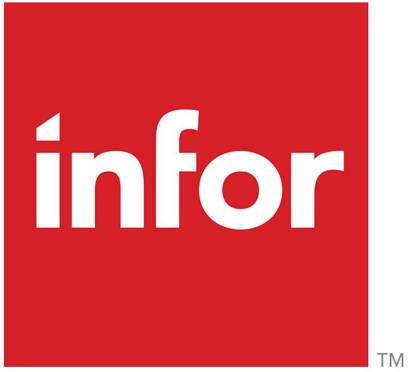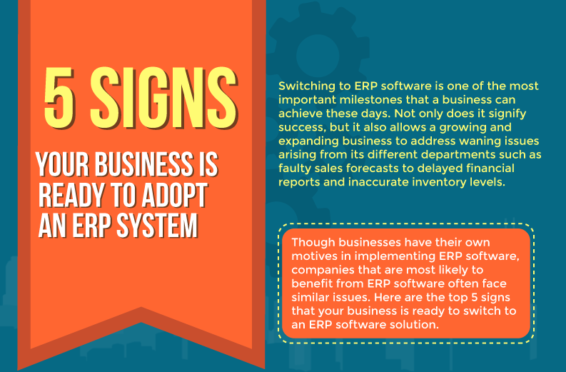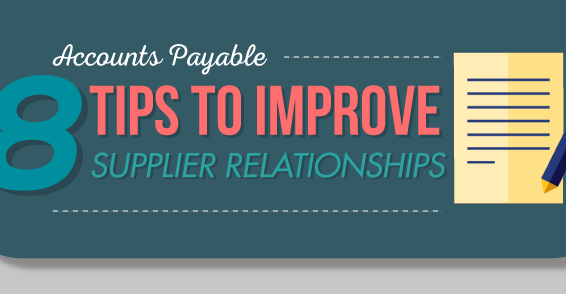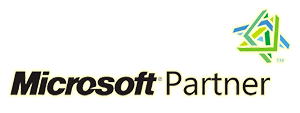Building on our Part 1 of “How to decide if you should customize your ERP solution or not?” Today we will discuss about how some customizations hinder or abet the functioning of ERP solutions
When dealing with ERP implementation projects that demand customization, the following things further complicate the entire process:
• A customizations policy needs to be defined and rules shared at all project levels.
• All customizations requests need to be collated. The business needs and rules behind them, the costs involved, the priority to given to each and then let the project leading team decide. The final word cannot be delegated to the users.
• During an ERP customization, we also need to make sure that all the possible solutions have been proposed, and not discarded. Until it has been proven that they do not work or they are quiet inefficient as compared to customization, then only we should go for ERP customization.
• If customization is the only way out, we need to isolate the customizations so that they are not affected by software updates.
• Organizations will also need to have a change management approach in place so that users can be educated about using the new system instead of struggling with it.
As ERP consultants, project history has taught has that for each project, it is always necessary to have a team of developers at the ready, and consultants to analyze customization requests. Resultantly client’s IT department and users will also become involved in assessing and testing the customized ERP functionalities. This only results in an IT department being submerged by change requests, reports and requests.
After understanding the downside of ERP customization, how can organizations still have an ERP system that works the way they want it to? Currently a trend in ERP, along with mobile and cloud functionality has become very popular. There is a move towards ERP packages that feature modern, consumer grade interfaces. Despite this they still contain the industry specific functionalities and best practices.
The rise of social media sites like Facebook and LinkedIn coupled with the use of iPhones and iPads users have become accustomed to working with highly customizable interfaces. This makes them question that why can’t the powerful ERP systems, with which they have to work on a daily basis, also be designed keeping the same flexible and user-friendly experience.
Considering these demands by ERP consumers we find that one ERP package that is at the forefront of keeping customization to a minimum, at the same time enhancing the quality of the user experience – is Infor10 ERP Enterprise software. In the last few years, Infor has worked really hard on reworking its Baan/LN ERP offering. It now sports a slick new customizable interface through the use of their technologies such as WorkSpace and ION.
Infor has successfully shifted much more of the power to shape the software environment to the individual user. Infor10 ERP Enterprise has also been successful in avoiding issues like the loss of core stability that system level customizations bring with them.
Infor has imbibed the theme “Less customization = Less headaches”. This has also reduced the cost and IT support for upgrades.
Two of the biggest requests that ERP consultant hear are for building new reports or modifying the layout of documents. ERP document layouts should include pictures, logos, and modern styling. This goes a long way to create a great impression with customers.
The Infor10 ERP Enterprise has an “Office-like” look and feel. This allows users and the IT department to quickly shape their reports. The custom reports being at the workspace level, companies need not worry about system upgrades wiping out all the previous work. Connectors with tools like Excel also offer users greater flexibility in using external applications that they are more comfortable with.
With the new Infor10 ERP Enterprise, Infor has presented an ERP solution that has deep functionalities for industry specific applications and at the same time has been built with minimizing customer modifications. Infor10 ERP has achieved this through seamless connectivity to other applications, an enterprise workflow component.
Such ERP solutions help reduce risks as well as project costs. The users can now have their ERP solution work the way they want and not vice versa! Are other ERP solution providers listening?






